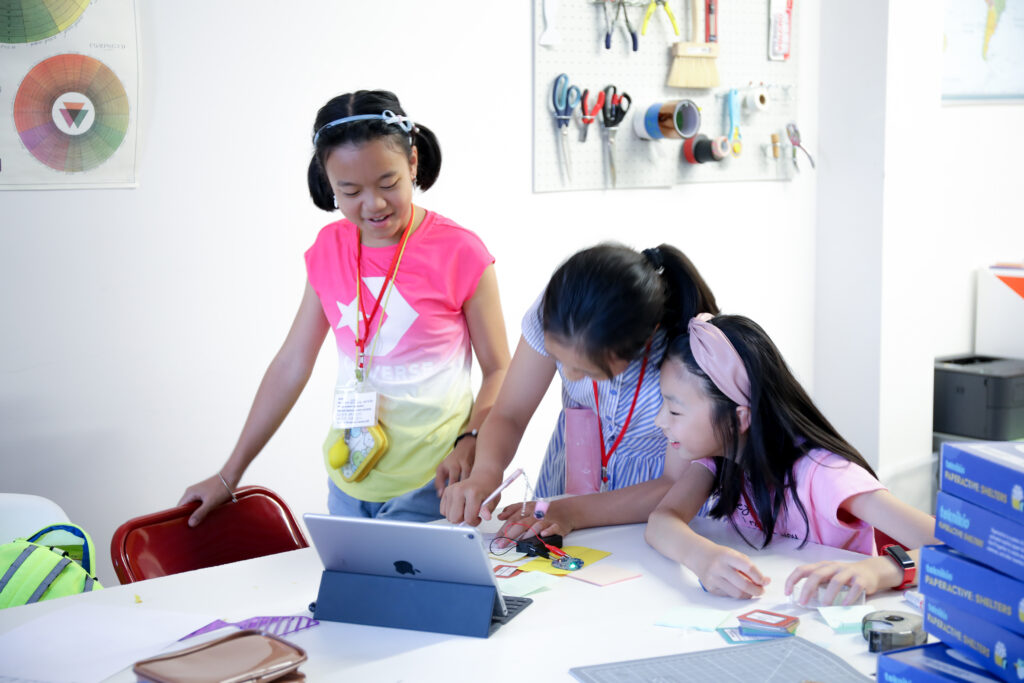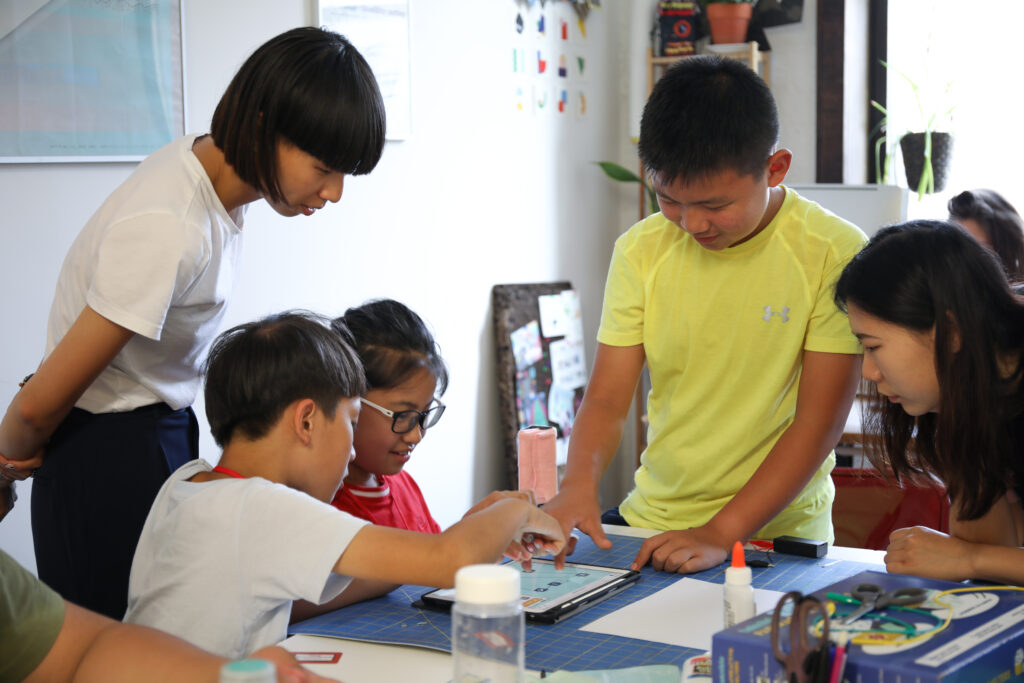This post is in partnership with Teknikio. All opinions are my own.
This year you can create smart projects with kids thanks to Tekniverse, a new platform supporting remote learning. If you’ve considered trying out hands-on projects with students while learning at a distance, this new platform from Teknikio has you covered.
Tekniverse is a learning tool that enables educators and learners to “dig deep” into the layers of the Internet of Things (IoT). With the platform, students can create smart projects and invent their future-connected world. You might be familiar with the idea of a smart home or home automation. With the same idea in mind, students can create their own smart projects using the DIY (do it yourself) starter kits from Teknikio.
Remote Learning Smart Projects
Tekniverse is a new platform from Teknikio for learning in the traditional in-person classroom or a remote setting. They have a physical microcontroller board for hands-on interaction and a cloud environment for users to share data. Both teachers and students can work collaboratively to build and learn about wireless networks of connected objects. Real-time remote collaboration between students and teachers is possible through visual coding and data monitoring interfaces.

The team behind Tekniverse focuses on the power of DIY electronics and simplifying the experience for students. To accomplish this goal, they’ve created starter kits for students. These kits help introduce students to the idea of building and creating.
If you haven’t heard of Tekniverse before, it is a hardware and software ecosystem for students. In this space, students code and connect hardware projects and data. It is an end-to-end (Internet of Things) IoT experience you can use within a physical classroom and remote learning setting. The mission of the Teknikio team is to foster technological literacy and creative confidence through physical experimentation. These hands-on experiences for students certainly help make that happen.
The Internet of Things
The Teknikio platform covers five core components of IoT system architecture:
- End-devices, objects or ‘Things’ to generate data that initiates and performs actions students can control and view
- Data conduits to link end-devices to the Internet for connections and collaboration
- Data storage in a central location where data generated from end-devices are stored and accessed by students and teachers
- Data analysis to interpret instructions, identify patterns in data, and helps students draw meaningful conclusions, too
- Triggered actions that are based on the received instructions and drawn conclusions to take new actions
The Teknikio team has been reshaping their content for teachers to use with students at home. Their platform is geared toward middle school-aged students, and it gives students the chance to build a wide variety of projects. Of course, in a classroom setting, students can create something together as a group. But when students work from home using the online platform, they can collaborate remotely by using mobile apps to connect.

DIY Starter Kits
What does a DIY starter kit look like when students are working from home? A teacher might build a temperature sensor , and students can watch the process through a video conference. Students can then see data coming into the sensor from anywhere they happen to be, even if they are learning remotely from home. After the data has come in, students can manipulate these variables to see how that affects outcomes. Even though students might not be physically present in a classroom, they can work together to manipulate data and discuss their findings. Educators can also monitor student progress by checking to see if they are connected with their hardware and portalling to their screen through the “Go Live” feature.
How does it work? The Teknikio Code Builder can send code to your board wirelessly using Bluetooth, too. This is something you can try out in a remote setting. Students can also program the hardware with popular platforms they might already be familiar with, like Arduino and MakeCode.
Tekniverse now has an app for iOS and Mac, along with an online space for students to access the platform. These tools are popular in after school programs, with STEM instructors, and even in physics classrooms where educators can incorporate them alongside current units of study.
Ready to get started? Head over to Teknikio’s website to learn more about their kits and resources for students and teachers.







